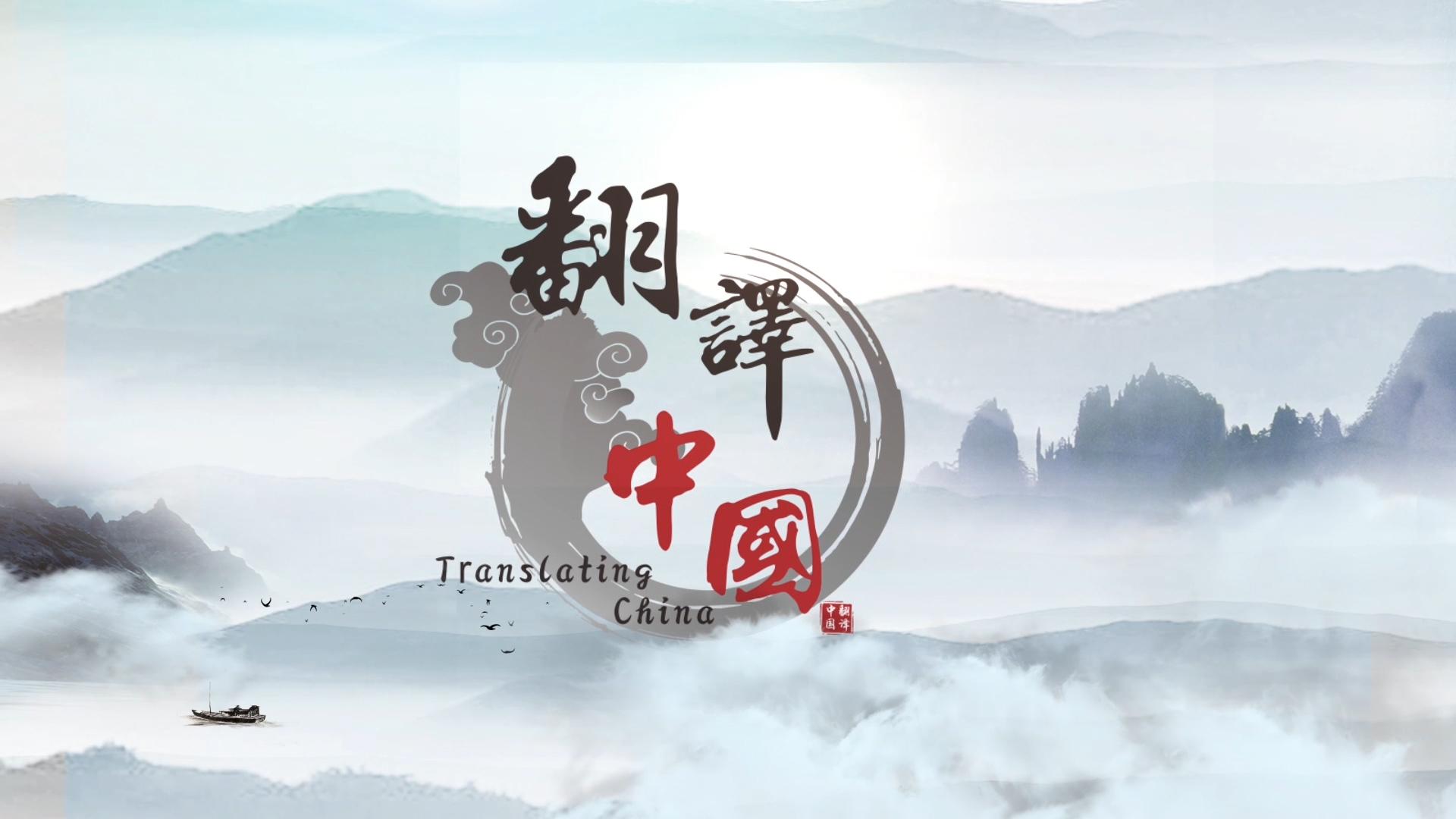第一章 Conceptualizing Translation:本章从五个方面介绍关于翻译的基本概念与理念,为整个课程打下理论基础。内容包括:何为翻译,为何翻译,翻译什么,如何翻译,如何发展翻译能力。1.1What Is Translation?:本节从中西方翻译传统的发源之处入手,讨论翻译这一社会活动产生的历史背景与社会功能,将翻译置于人类文明与文化沟通的大背景下,探讨翻译作为跨文化交流行为的根本属性。[单选题] In the essence, the translator is _____
1.2Why Translation Matters?:本节从历史与现实两个维度,从语言、文学、文化、政治、经济、日常生活等多个层面,探讨翻译的意义,指出在当今这个全球化的时代,翻译能力已成为“地球村”世界公民的必备能力。
1.3What Do We Translate?:本节以经典译例为基础,从音、形、义三个维度以及语义、语用、风格三个方面探讨意义的丰富性与复杂性,进而指出翻译对等的复杂性。
1.4How Do We Translate?:本节将翻译置于跨文化交际行为的大框架下,通过经典译例的讨论,指出翻译是一个做决定、有取舍的过程,决定翻译取舍的主要因素有二:翻译目的与译文读者。
1.5What Constitutes Translation Competence:本节从翻译过程入手,结合经典译例,讨论翻译能力的构成,指出翻译能力包含四大要素:双语能力、双文化能力、专业知识、转换能力,其中转换能力是核心,前三种能力(知识)为基础。
a communicator
a writer
a language worker
a creator
答案:a communicator
[单选题]The translation of “风入松”is a classical one. Which of the following is not the reason why it is classic?
Because its artistic conception is translated.
Because the sound retained.
Because the image is translated.
Because it is well transliterated.
答案:Because it is well transliterated.
word-forming
pragmatic
semantic
stylistic
答案:word-forming
the translator’s translating ability
the nature of the original readership
the nature of the target readership
the nature of the translation itself
答案:the nature of the target readership
Subject competence
bicultural competence
bilingual competence
transfer competence
答案:transfer competence

